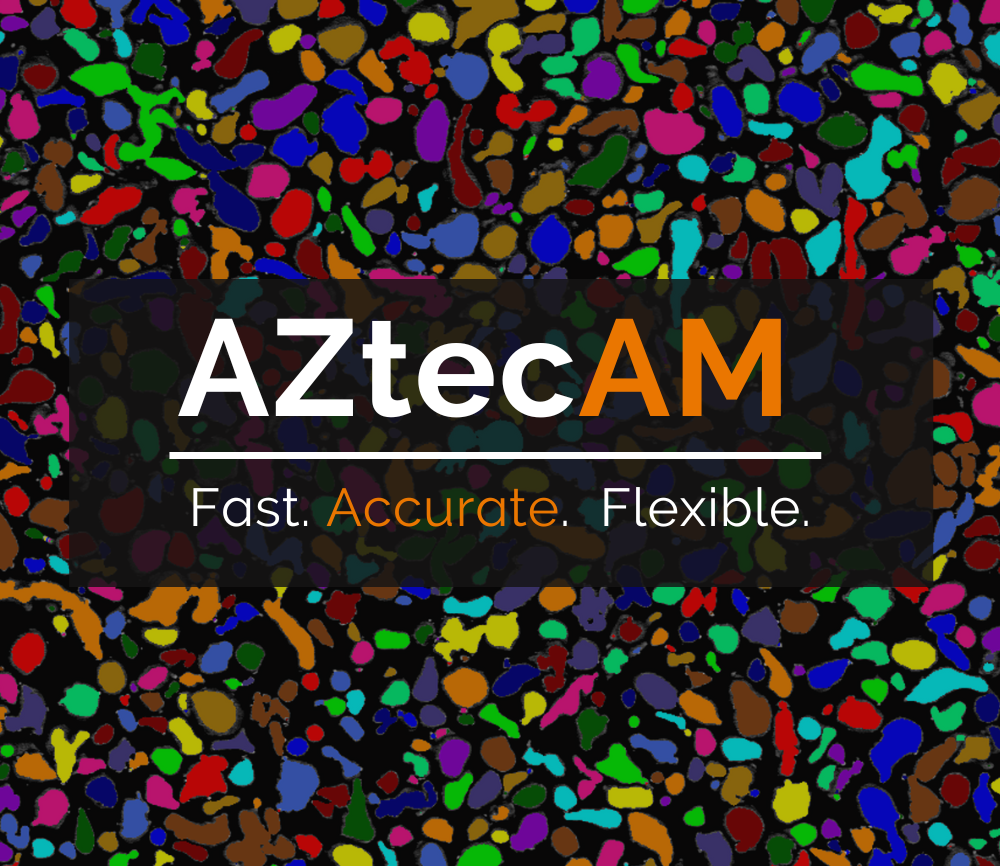Morphology Characterisation and Contamination Detection in Additive Manufacturing Powders with AZtecAM
This application note considers the use of AZtecAM, an automated system developed specifically for the rapid analysis and classification of AM powders, using an energy dispersive X-ray spectrometry (EDS) system in the scanning electron microscope (SEM). for the routine characterisation of gas atomised high-purity copper powders. It demonstrates how particles across the population can be assessed and how contamination can be easily detected and classified.




